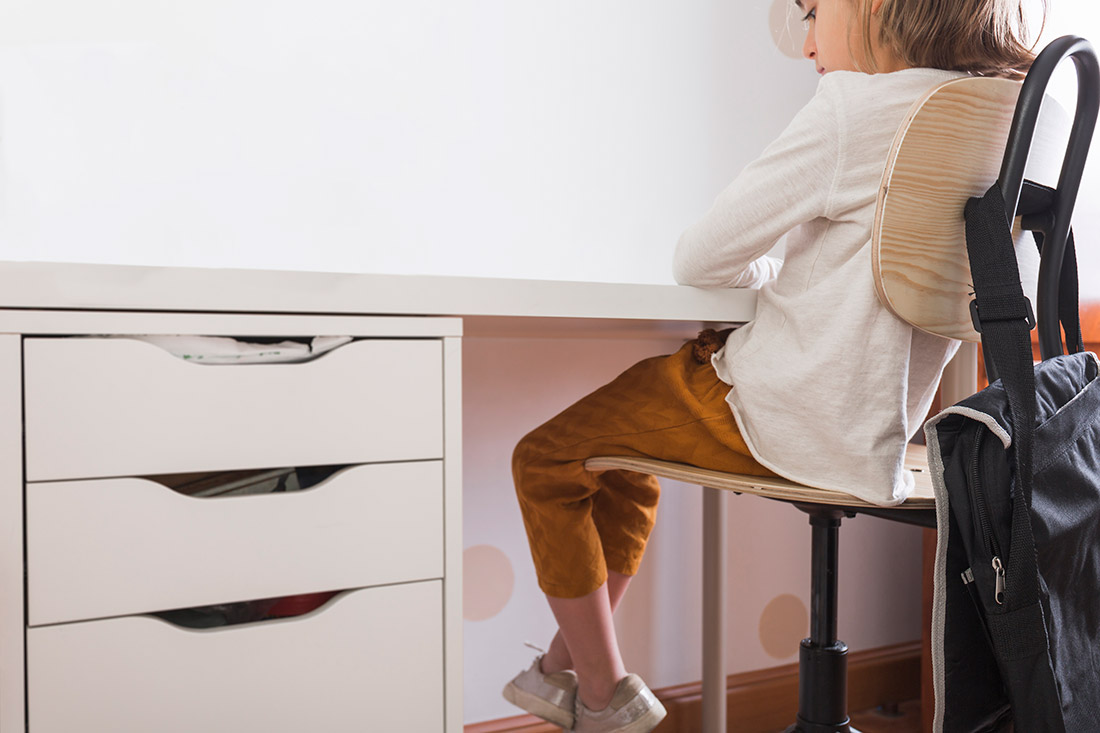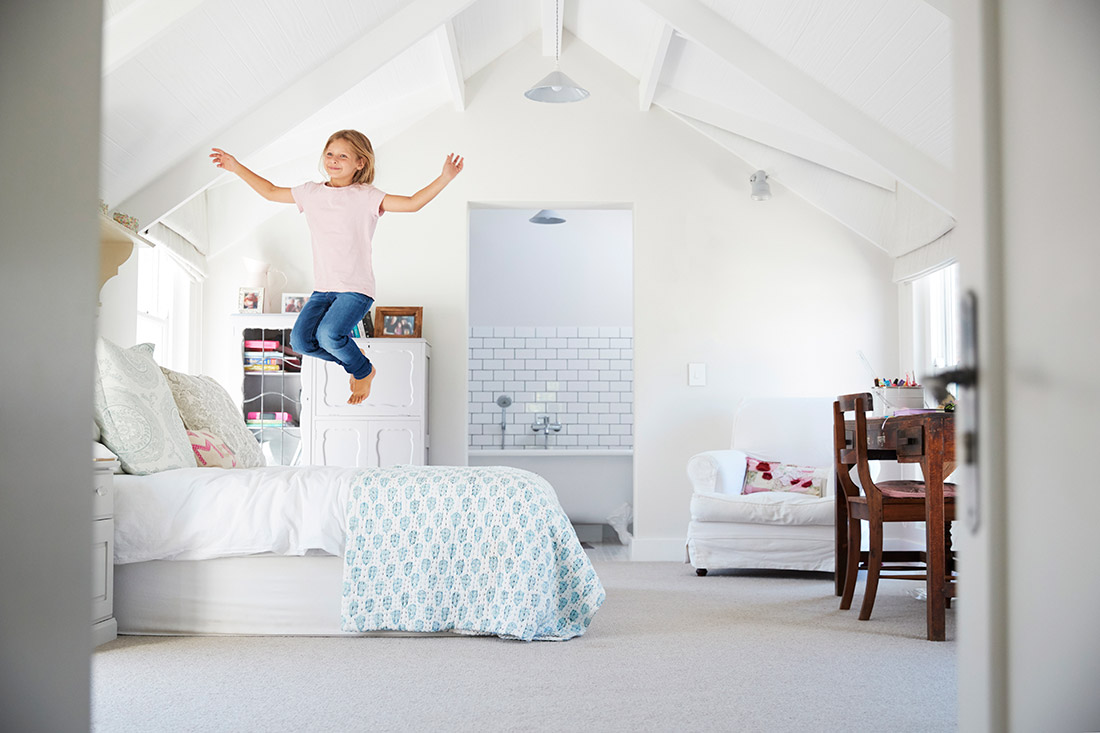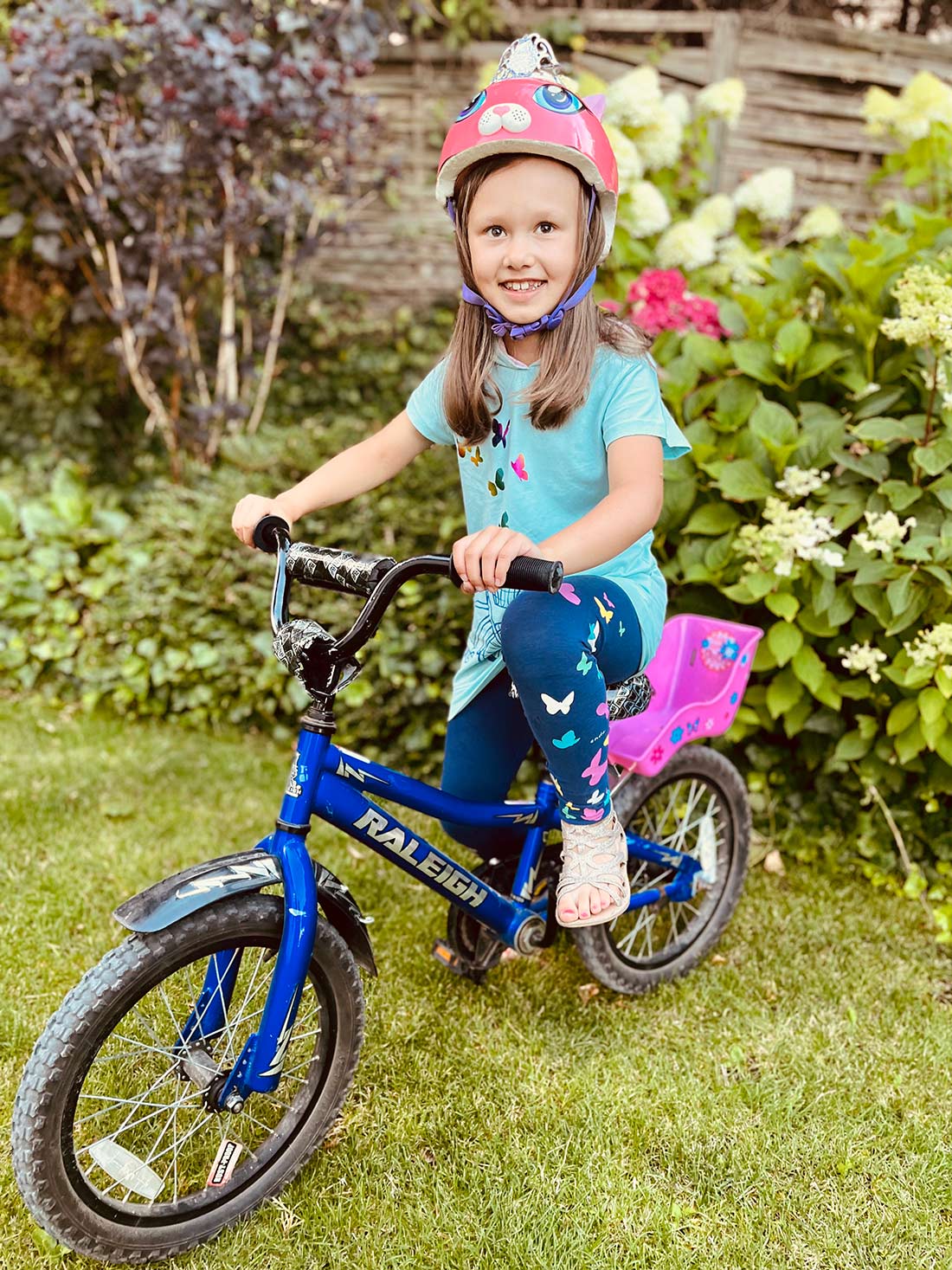
Entering school brings significant changes to our current routines. Even first-graders spend 3 to 5 hours a day in their classrooms. A new, more sedentary lifestyle, more frequent back strain and hunched over books, and a period of rapid growth increase the risk of postural problems. However, much remains in the parents' hands. Proper exercise and an ergonomic homework space will significantly reduce the risk to a child's spine. Learn how to properly care for a student's back.
Prevention for a healthy spine – what should you remember?
One of the key things to remember is choosing a good backpack, how to carry it, and knowing how to pack it properly, as we discussed in the article: How to Keep Your Child's Spine Healthy? – Check the Weight of Their Backpack . A suitable study space and occupational hygiene are equally important, as are regular physical activity and adequate sleep, which we will discuss in more detail below.

Healthy student back – organize an ergonomic study station
A well-prepared space for working and studying at home will minimize the negative effects of spending hours poring over books or in front of a computer screen. It's worth taking the time to make a thoughtful purchase. What should we keep in mind?

How to choose a desk for a student?
Theoretically, the space for writing or reading doesn't need to be large – a tabletop approximately 60-70 cm wide and 50-55 cm deep will suffice. However, the desk should accommodate all necessary accessories and school supplies. This is especially important for large-scale artwork.
Ideally, the desk height should be adjusted to the child's height. For example, if the child is 120 cm tall, the desk top should be at a height of 60 cm. Systems that grow with the child are ideal, as are solutions that allow the desk to be tilted at the appropriate angle. However, adjusting the desk to the growing child's height is often impossible. Fortunately, a suitable, ergonomic chair can provide significant relief.
How to choose a chair for a student
When choosing a student chair, it's worth choosing one with adjustable height and backrest tilt. A high, contoured backrest is ideal, as it supports the spine along its entire length. Armrests are also important, as they provide relief for the shoulders. Besides typical office chairs, gaming chairs are also an interesting option. It turns out that this solution is proven not only for gaming enthusiasts but also a universal desk solution. Their contoured shape and special lumbar cushion provide stable support and proper spine alignment.

Correct position at the desk – the three-point rule
It's also important to remember proper posture when sitting. The three-point rule comes into play here. The buttocks should be pressed against the chair, the knees should be at hip height, and the feet should be resting on the floor. If the child's feet don't reach the floor, it's a good idea to have a chair with a built-in footrest. If one isn't available, it's worth purchasing a footrest.
Mandatory breaks and position changes
Even with proper posture, prolonged sitting is not very beneficial for our spine. Sitting is simply not our natural, physiological position, so requiring children to remain in one position for long is absurd. Fidgeting in a chair, often perceived negatively by adults, is actually a natural need and a way to relieve tension. That's why breaks and allowing children to change body position are so important. The length and frequency should, of course, be adapted to the child's individual needs – everything depends on their age and temperament. Sometimes a short 5-minute break, a moment of stretching, or some free movement is enough, other times a slightly longer break is needed.

Active sitting at the desk
A noteworthy addition is large exercise balls, which can be used as a replacement or replacement for a traditional seat. Special cushions, also known as sensory discs or berets, also work well. Active sitting on such accessories can be a great solution for children who have trouble concentrating and sitting still. Sitting on such a ball or disc forces them to constantly adjust their body posture, which strengthens the deep muscles of the spine and abdomen.

A healthy student's back - as much exercise as possible after school!
Experts warn that the physical fitness of school-age children is declining significantly year after year. And as we know, too little exercise not only affects physical health but also well-being, cognitive function, and school performance.
The World Health Organization (WHO) recommends that children and adolescents exercise daily for at least 60 minutes. This should be moderate to high-intensity activity, primarily aerobic, such as running, walking, and jumping. In addition, high-intensity exercise, which strengthens muscles and bones, is recommended at least three times a week. Therefore, parents should encourage children to exercise. Additional sports activities are a good solution, but any leisure activity that engages muscles, such as cycling, rollerblading, walking, or playing outdoors, are equally beneficial.
Unfortunately, we have no control over many things, such as the number and weight of school textbooks. However, there are certain things we can take care of as parents to ensure our children's optimal development. Mistakes made at this age can have lifelong consequences – remember, a student's back health should be taken care of as early as possible!



Podziel się:
A film feast for the youngest viewers – the 9th edition of the Children's Cinema International Film Festival begins
Sweet Letters - Kitchen Games with Writing Lessons in the Background